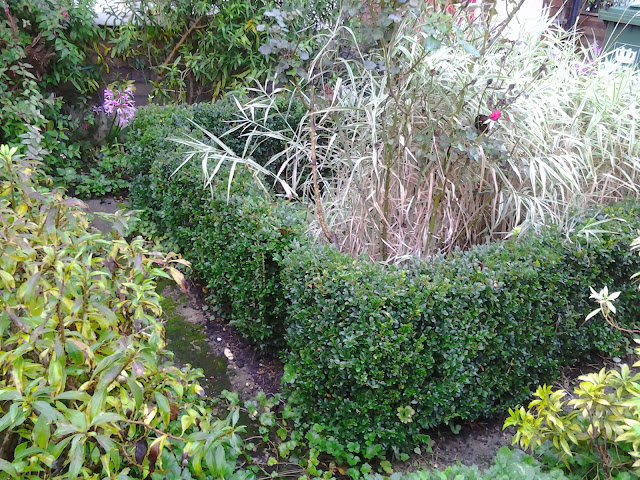Grass seed needs a lot of sunshine and water so the best time for planting is probably mid summer to late September. Of course if you live in a more temperate climate then it is possible to plant until mid November.
Our makeshift scarecrow (see below) - made of a gardening centre stick and an old T-shirt - appears to have succeeded in warding off the birds from eating the seed. The wooden duck also appears to have helped. It is advisable to cover the seed with a straw blanket, one that has been designed specifically to cover grass seed. This will ensure that the straw protects the seed from light frost. The straw also helps to protect against birds and animals from swooping and eating the seed. It is also advisable to thoroughly water the appropriate area and to do so regularly for about two weeks as the soil needs to stay moist (although not soggy) for grass seed to germinate.
The most significant risk associated with planting grass seed so late is that the seed germinates only for a cold spell to occur that destroys the young blades. Seed that is planted in late winter stays dormant and germinates in spring, but once seed germinates and then dies, you have missed the boat.
The grass should now hopefully appear as a straight line of green rather than a patchy map of grass (which it looked like when we first moved in). Patience is now required.










































